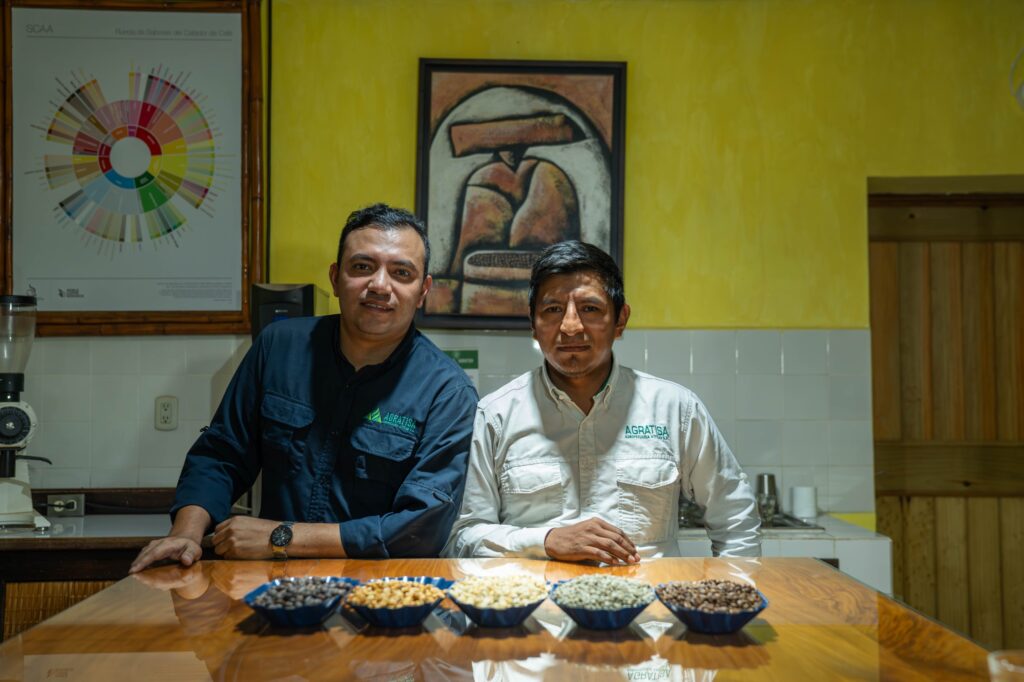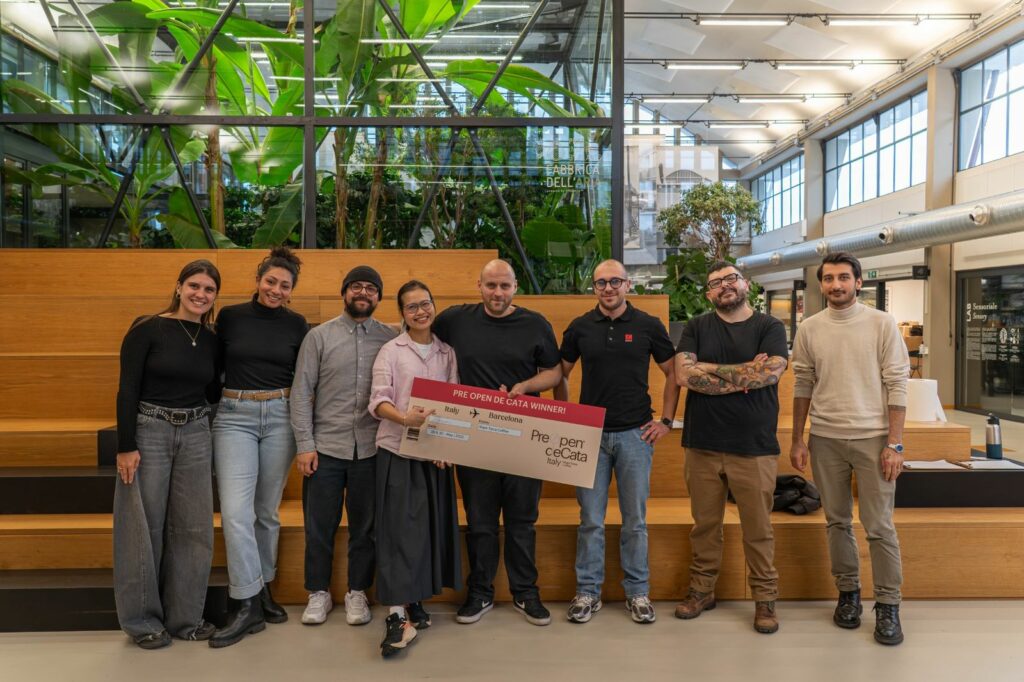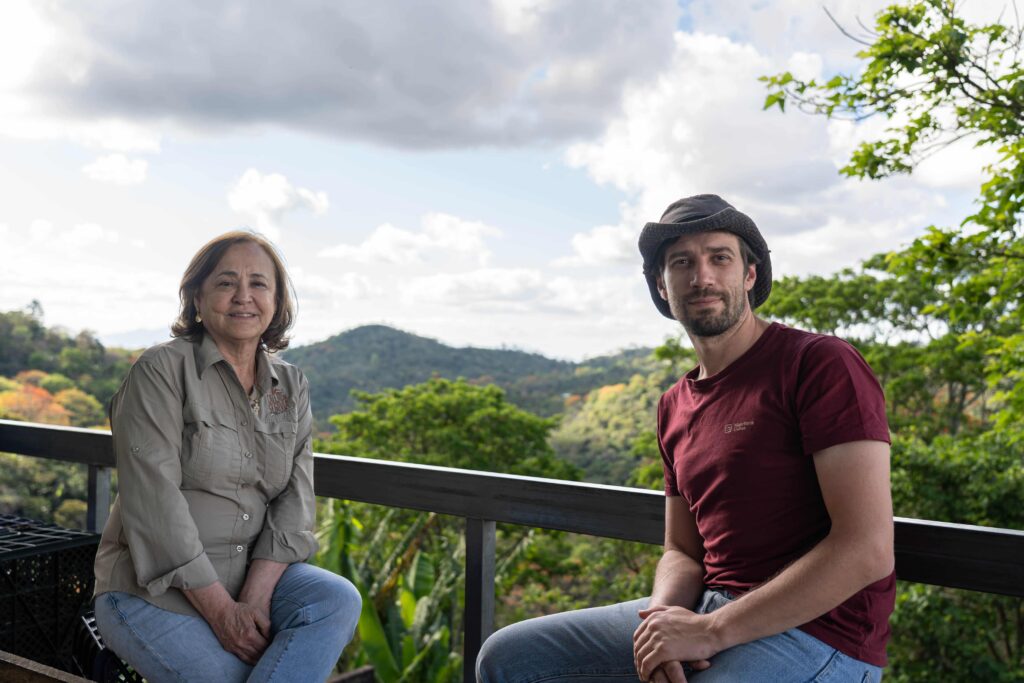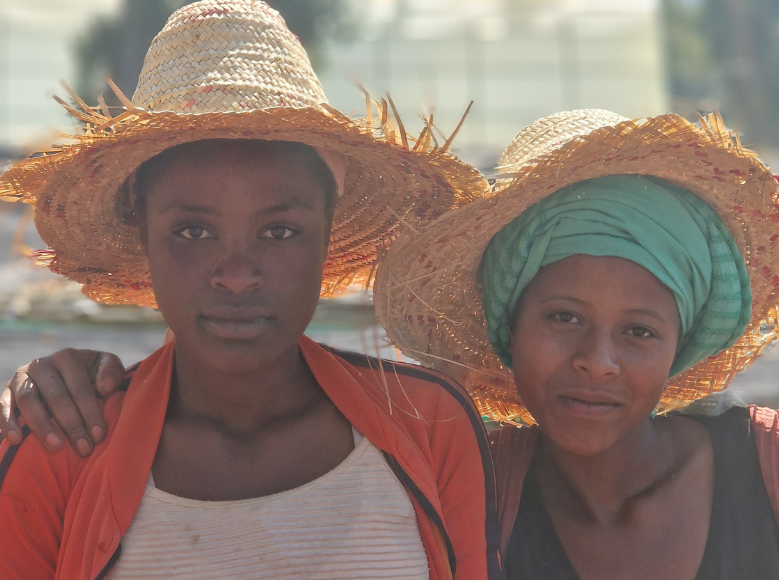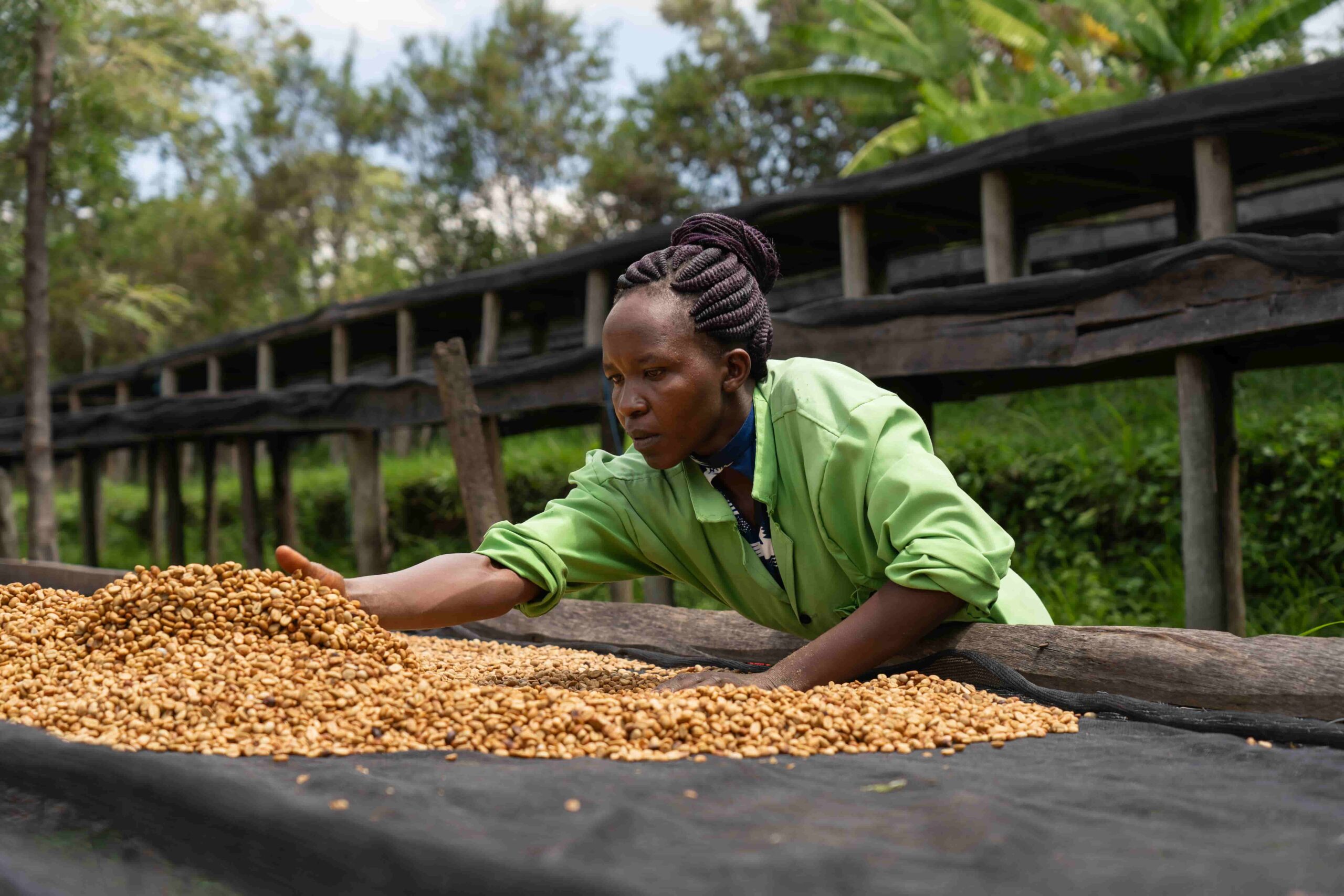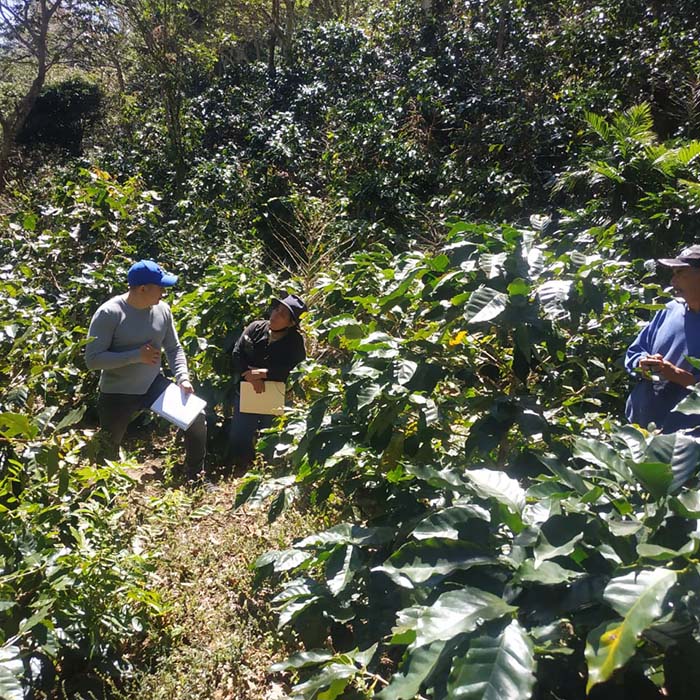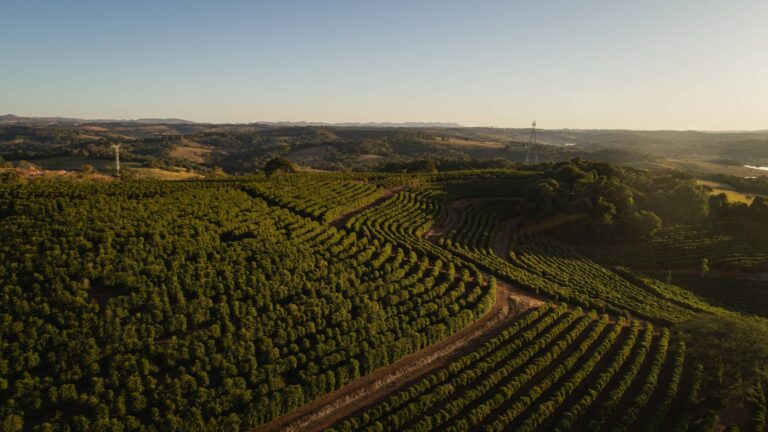The coffee plant
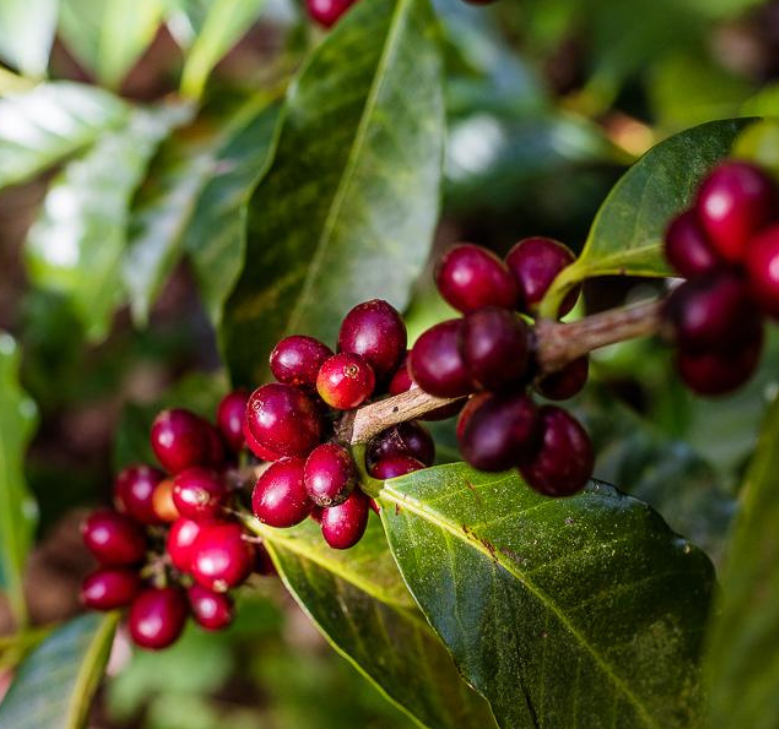
Growing coffee is not easy, since it is only grows between the tropics of Cancer and Capricorn, a band known as the coffee belt, in altitudes between 200 and 2,000 meters. For a seed to mature and give rise to a plant that can bear fruit, the following conditions must be met 3 to 5 years are required.
The plant is cone-shaped, with very flexible branches and thick, shiny, evergreen leaves that reach approximately 20 centimeters in length. The height of the adult plant is about 8-12 meters, but in order to achieve higher productivity and to facilitate harvesting the plants are kept at a height of 2-3 meters. They have a period too short flowering (about 3 days)during which clusters of white flowers bloom, giving off a great perfume, like that of jasmine. Flowering occurs after the rains. If rainfall is discontinuous, phe cherries may not ripen at the same rate. Cherries are the fruits borne by the plant, and they are green until they reach their state of maturity, after between 6 and 12 months. When ripe, they adopt an orange, yellow and different types of red color. A cherry contains two kernels that are covered by a slimy membrane, which in turn is covered by the colored skin of the cherry. The size of the kernels varies among the 80 species of plants that exist, and even varies among the varieties of each species.
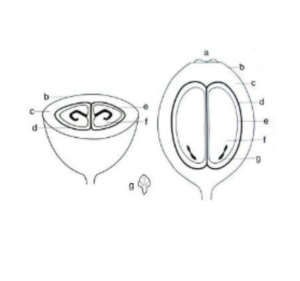
The coffee bean (endosperm-F) is, in reality, the seed of the plant. It makes up the nutritional tissue and is the part that is then roasted and consumed. The silver skin or tegument is a very thin film that envelops the grain. The parchment (endocarp-D) is a kind of hard membrane that envelops the seeds; it is also called the husk. The pulp (mesocarp-C) is a gelatinous layer rich in mucilage, a viscous substance that surrounds the endocarp. The outer skin (epicarp-B) is the part that usually protects the rest of the fruit from the outside. It is usually red to yellow in color at maturity.
In general, a coffee plant has a useful life of fifteen years. However, patience is required, because a coffee tree, despite having cherries in its first year, does not start to be productive until it is at least three years old, although sometimes it is necessary to wait even five years. Each plant can produce about 900 grams of green grain per year. The two most widely cultivated species of coffee plants are the arabica and robusta. It is interesting to know the differences between these two types of grains, to be able to appreciate differences in their characteristics and, in the end, also in taste and smell.
